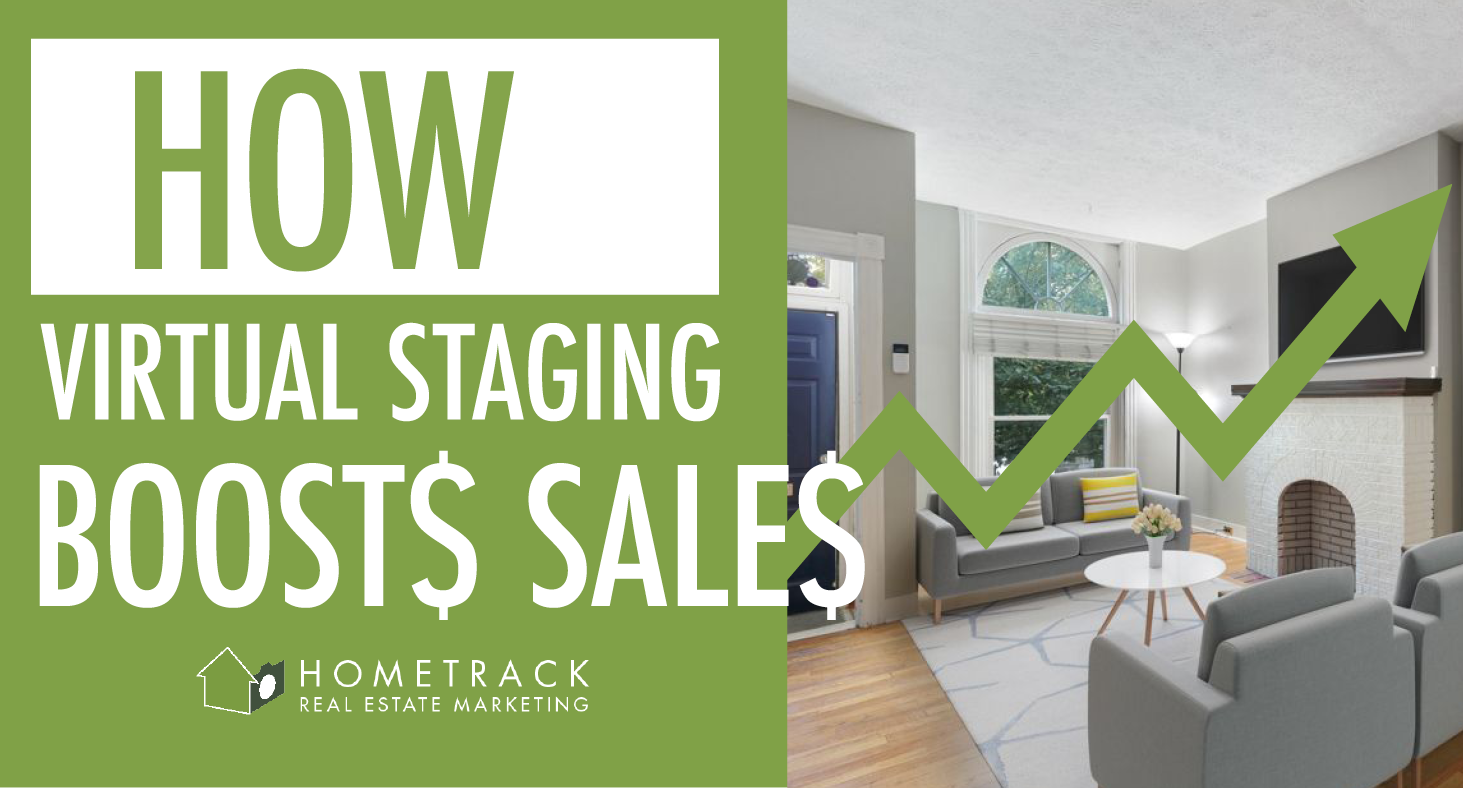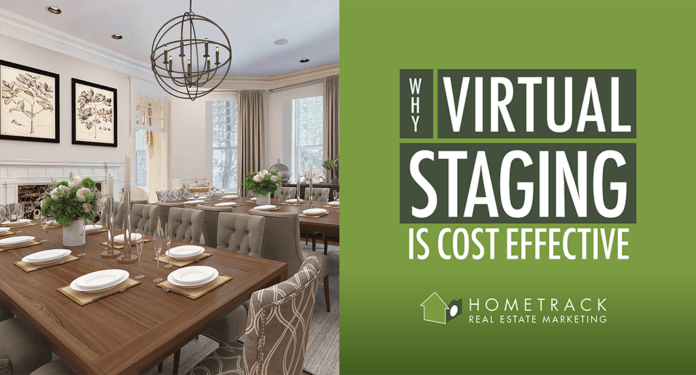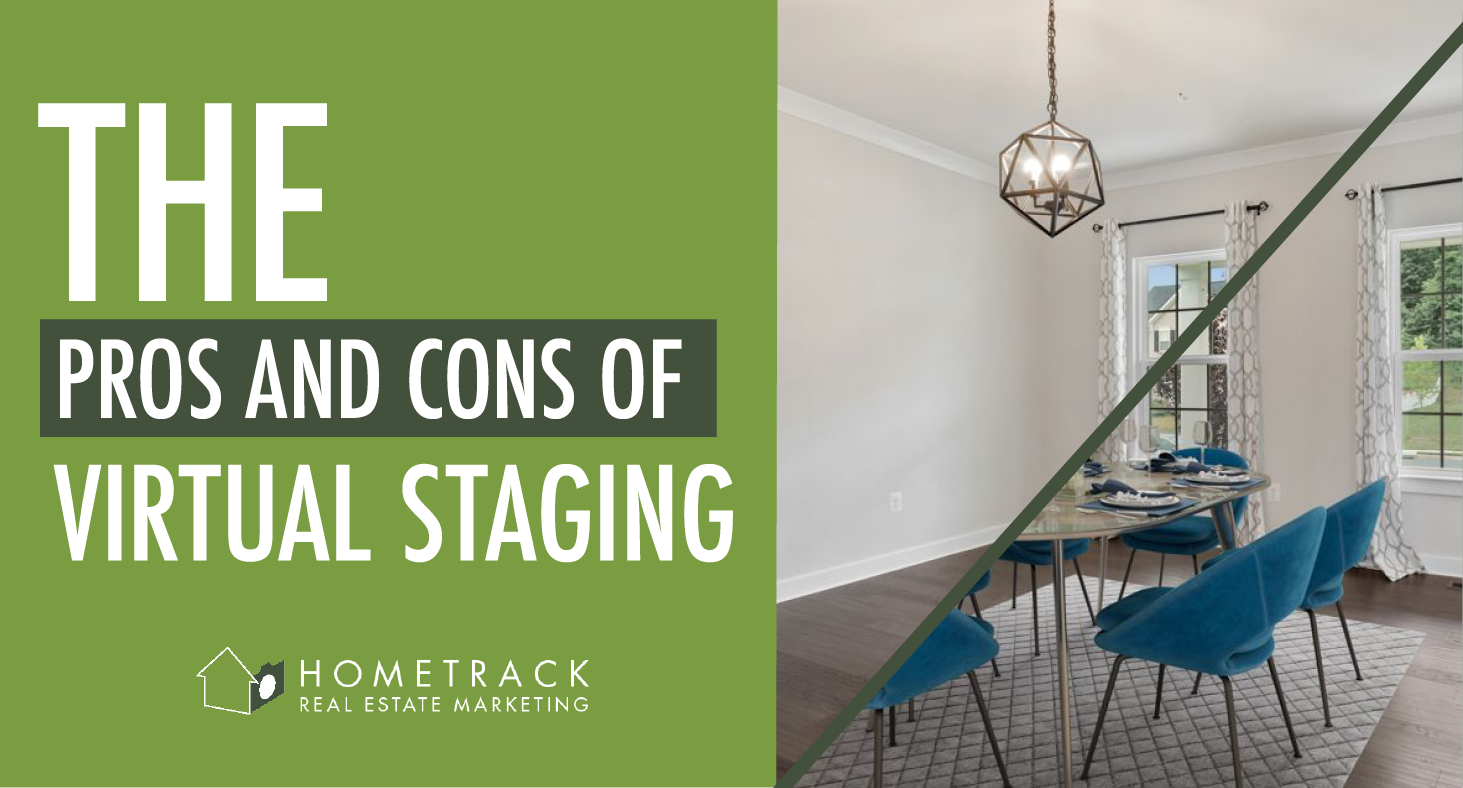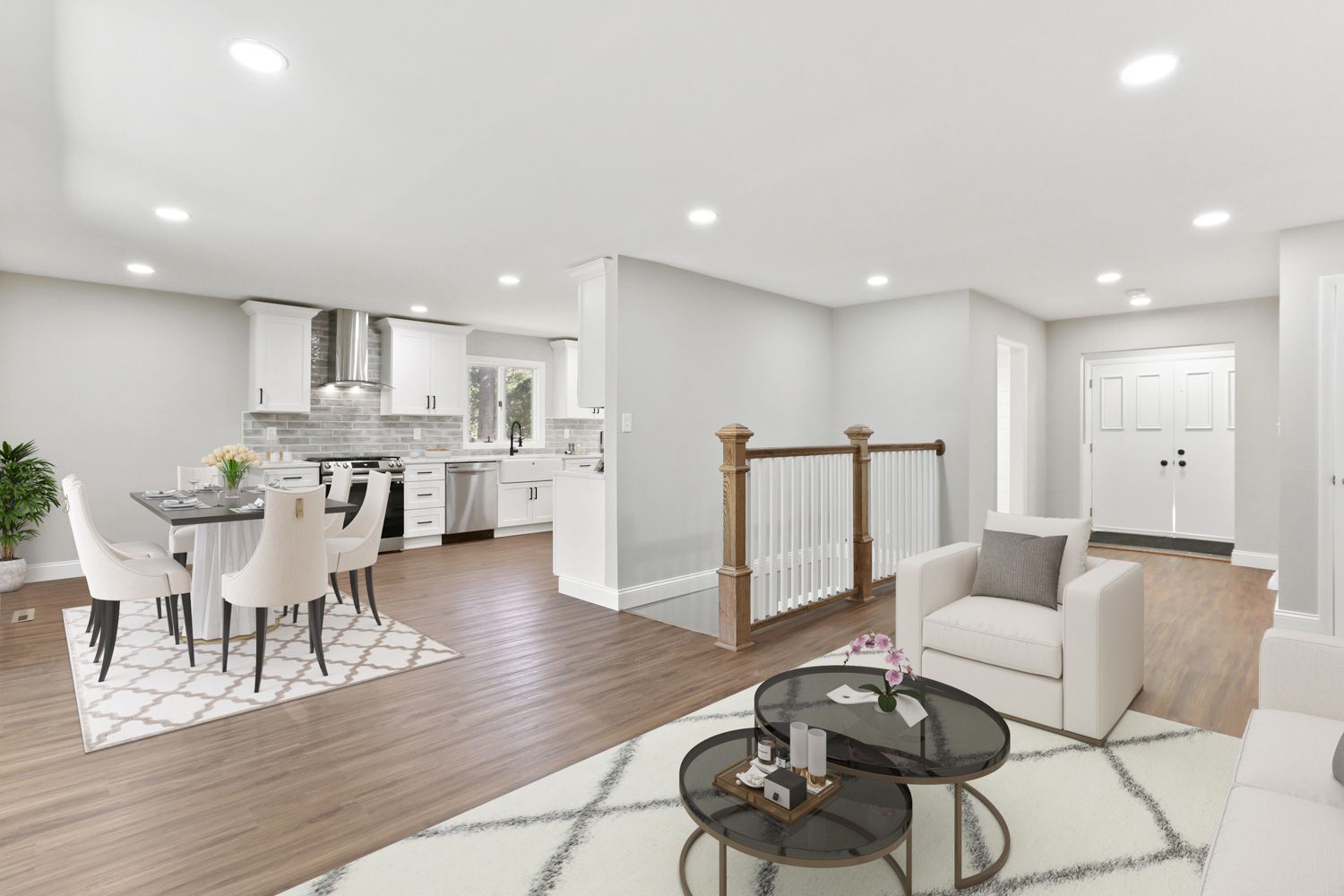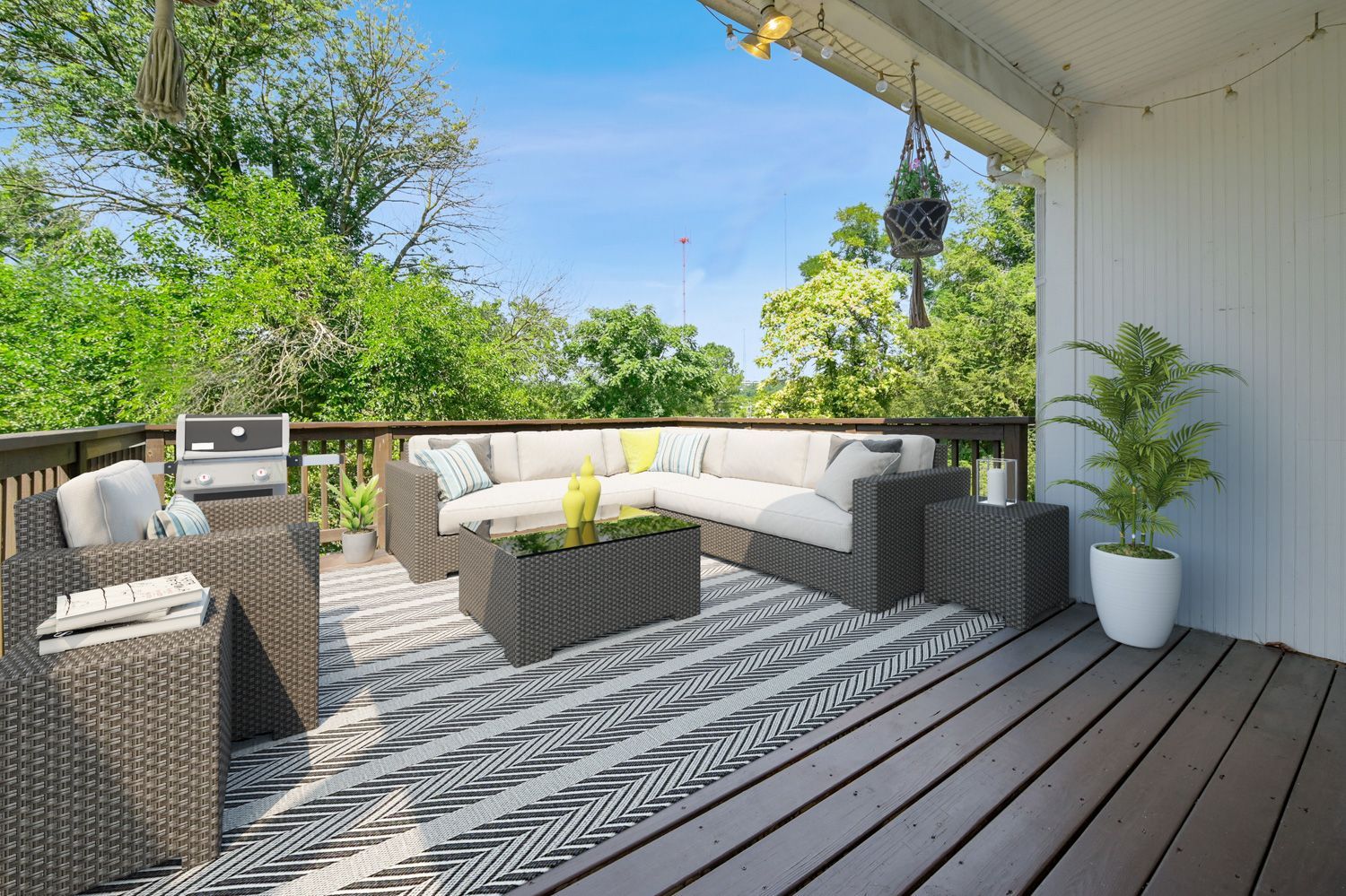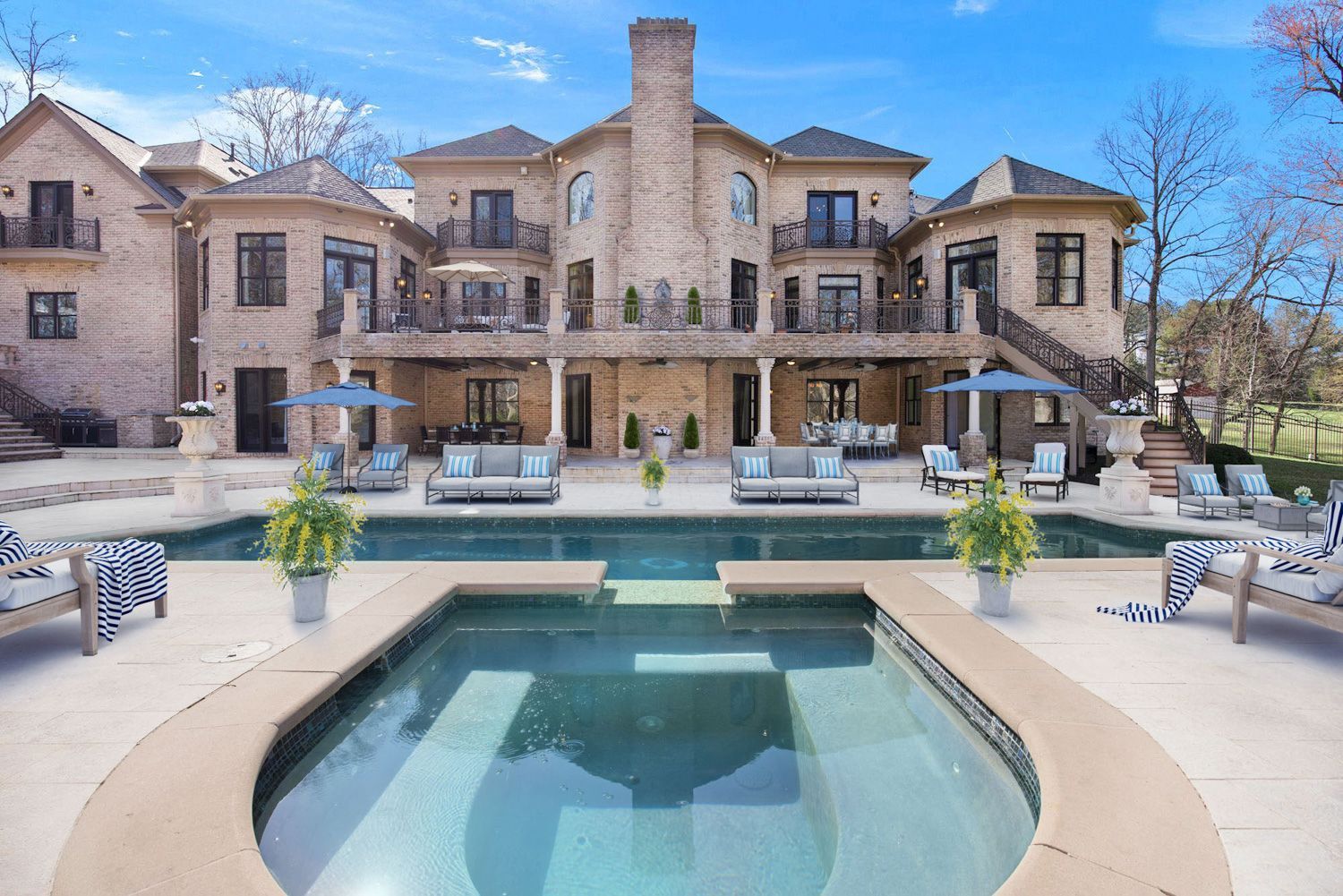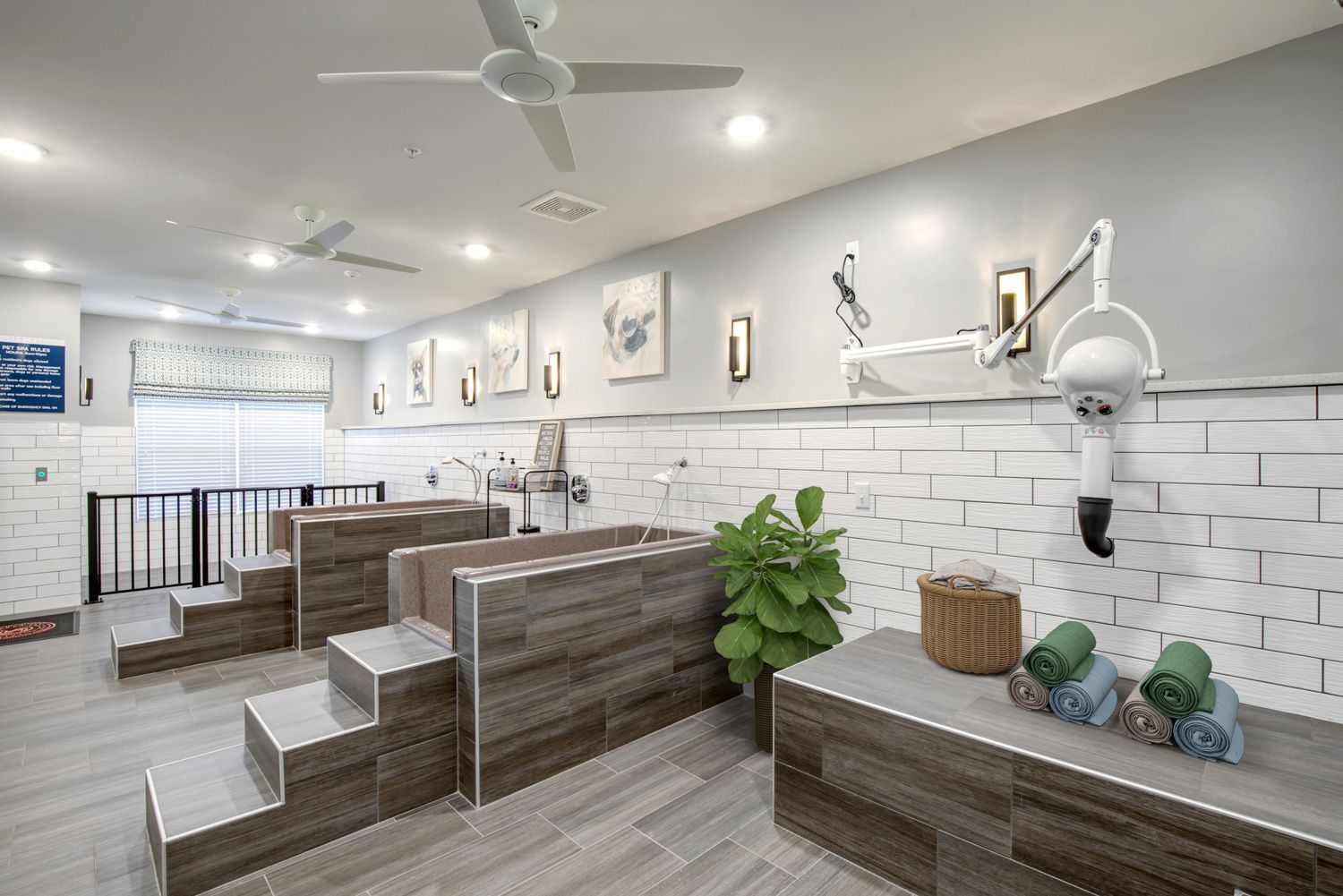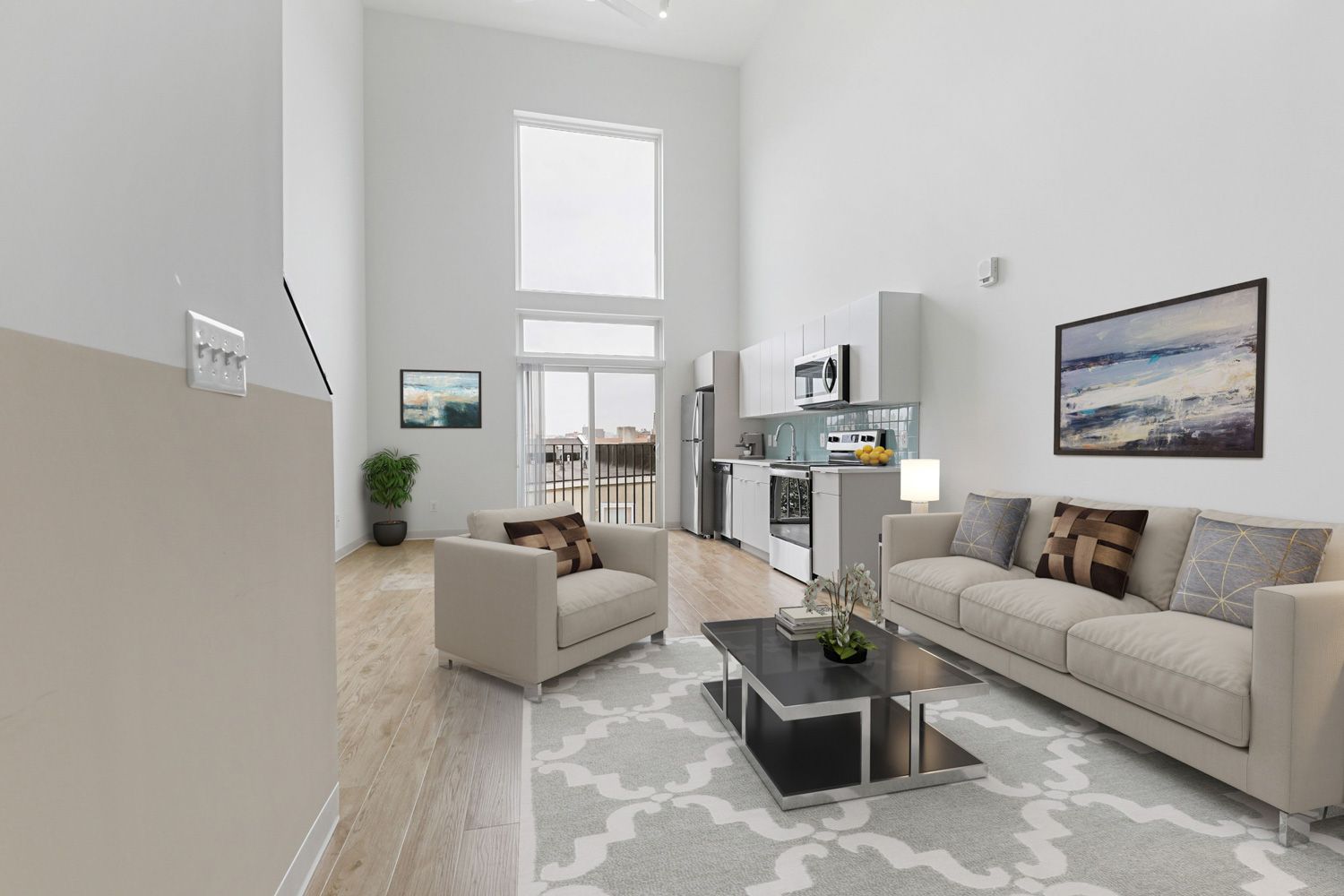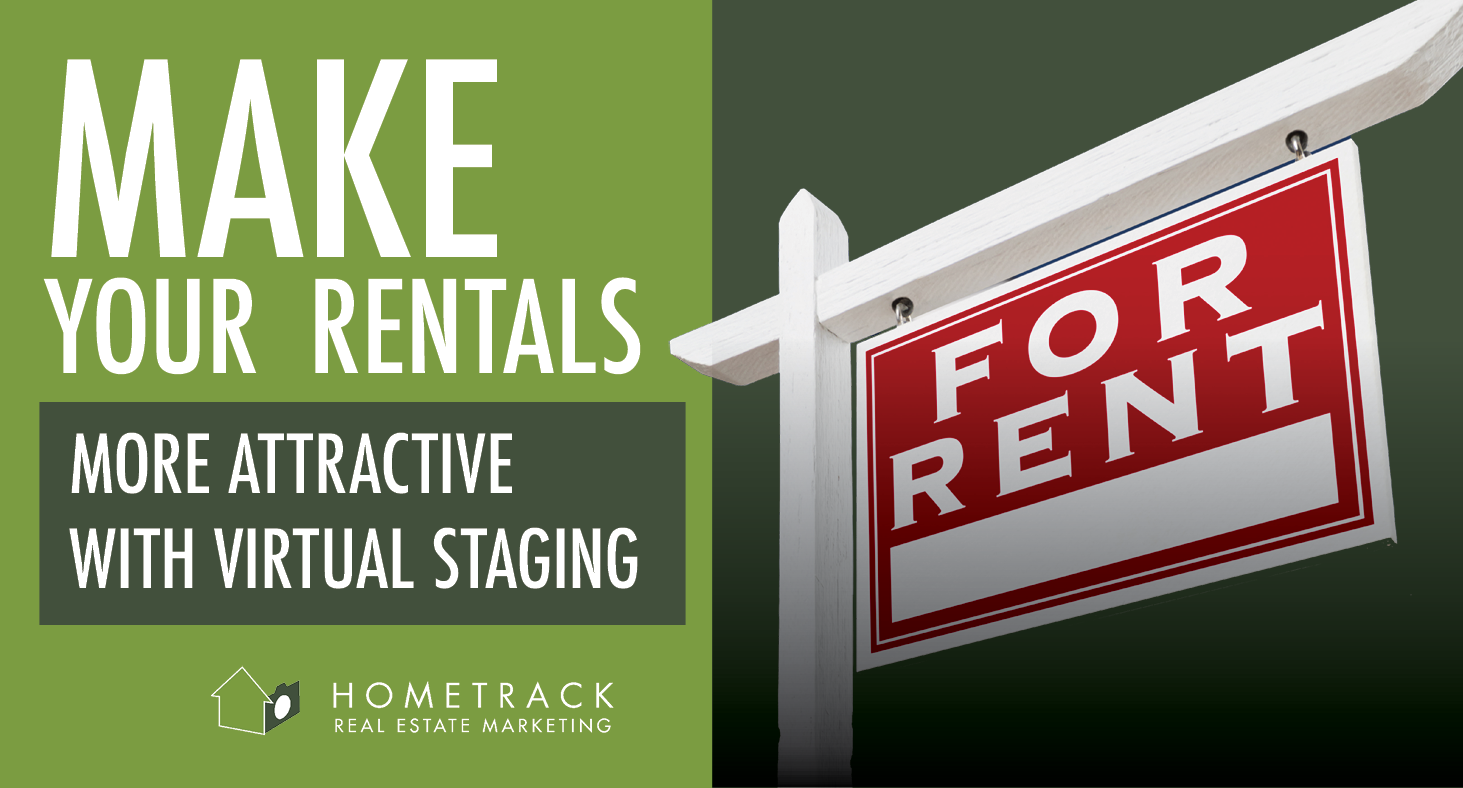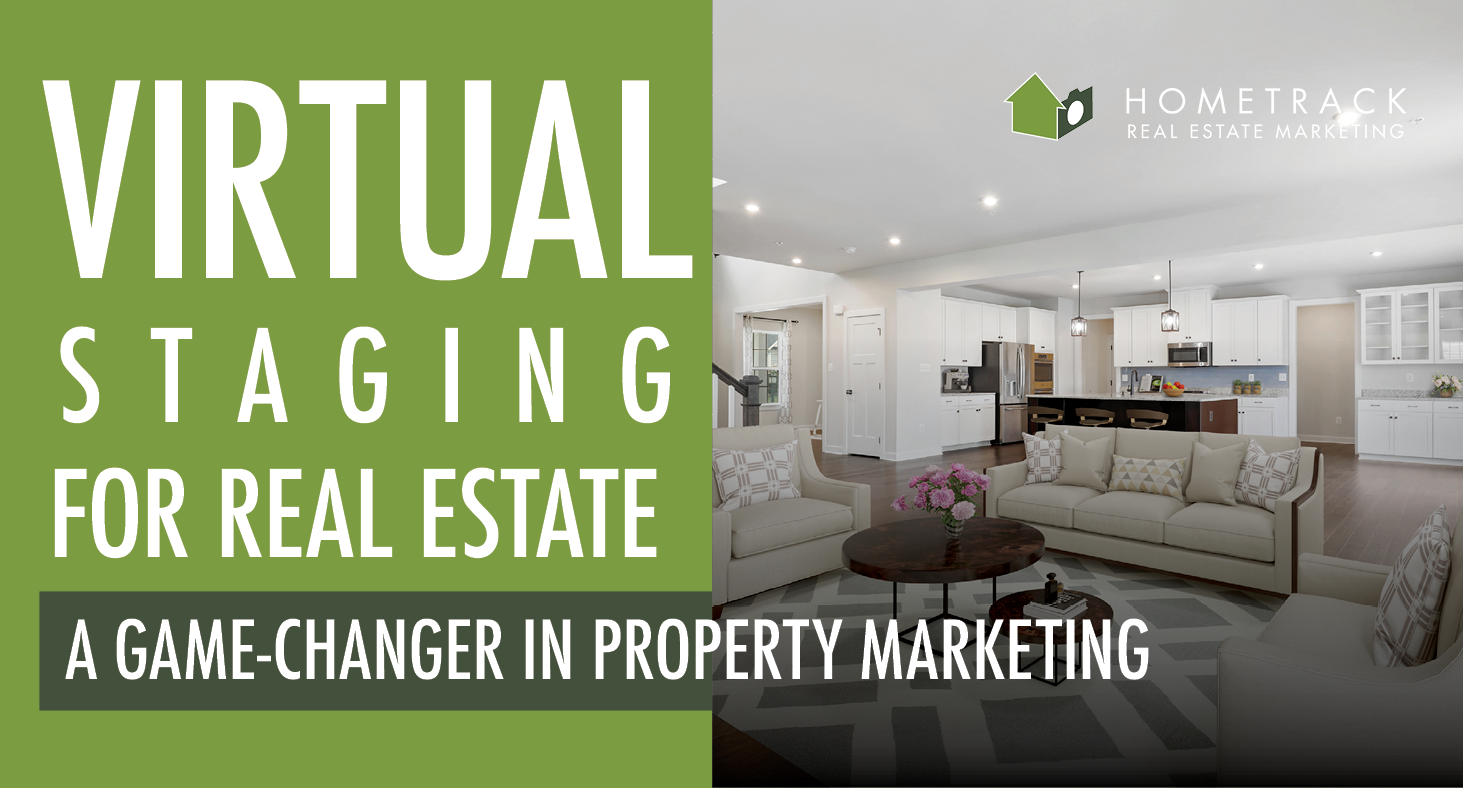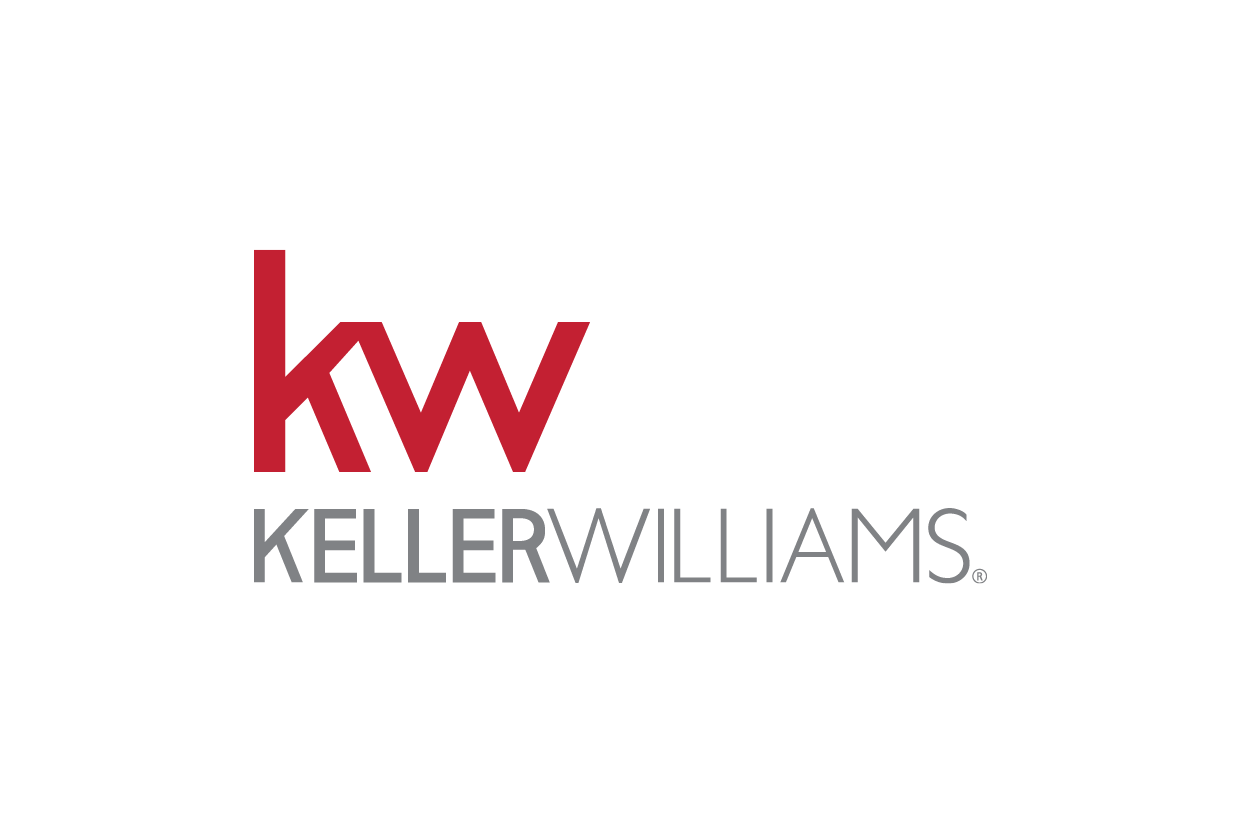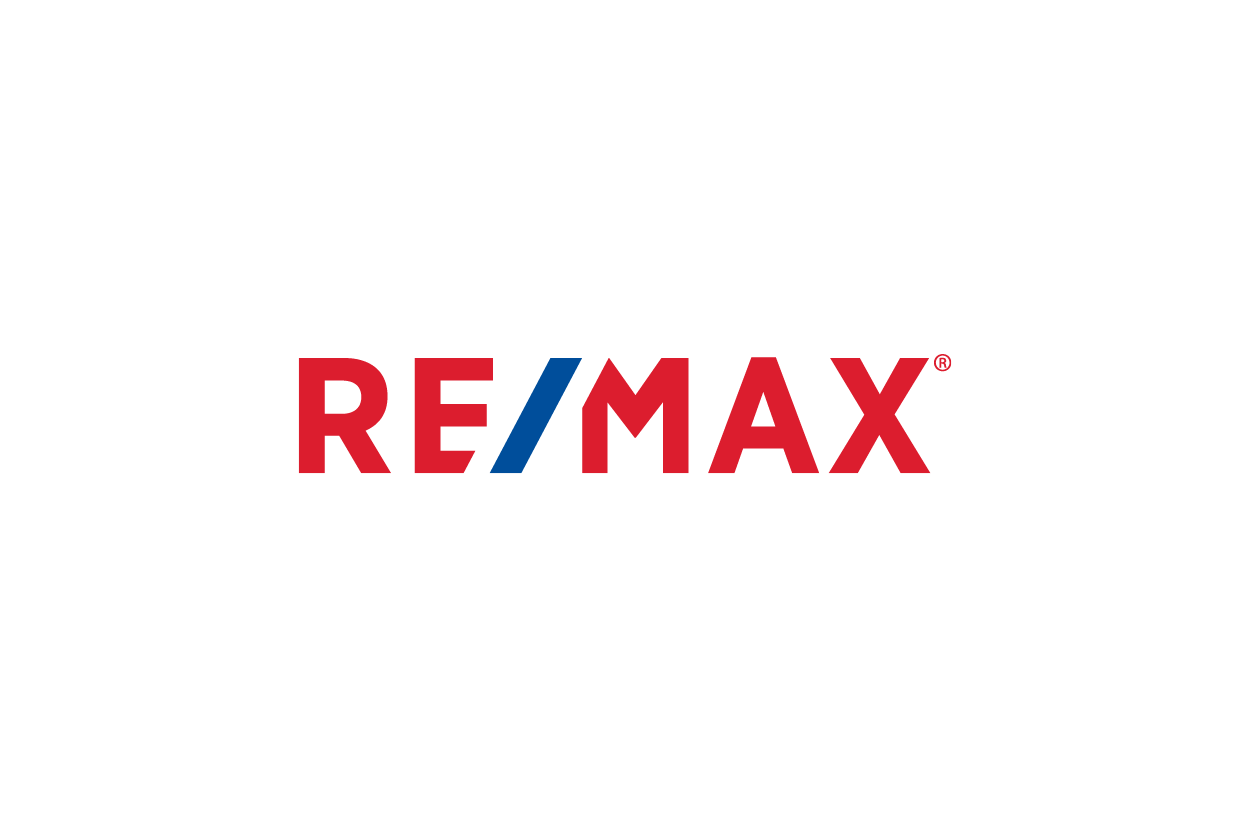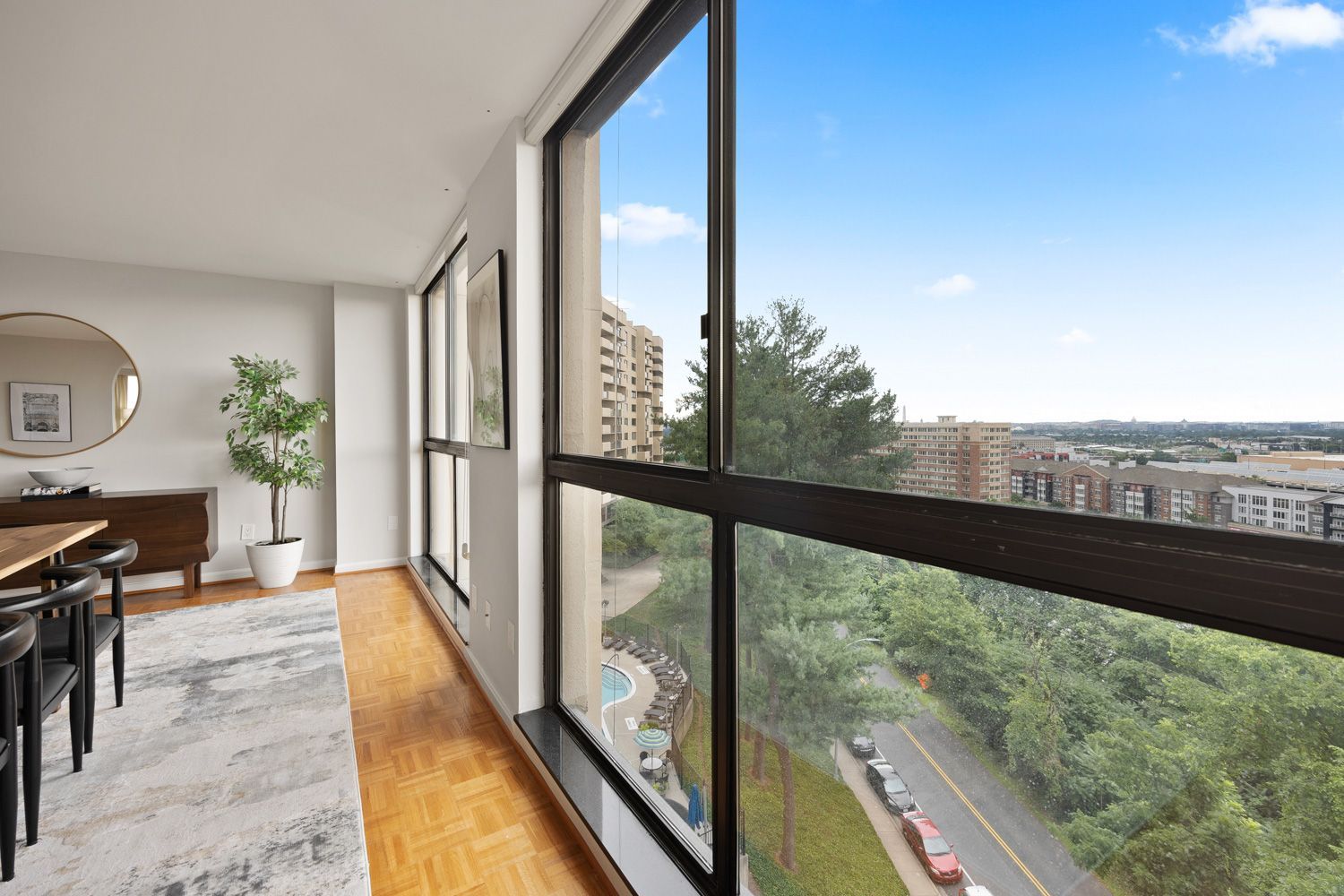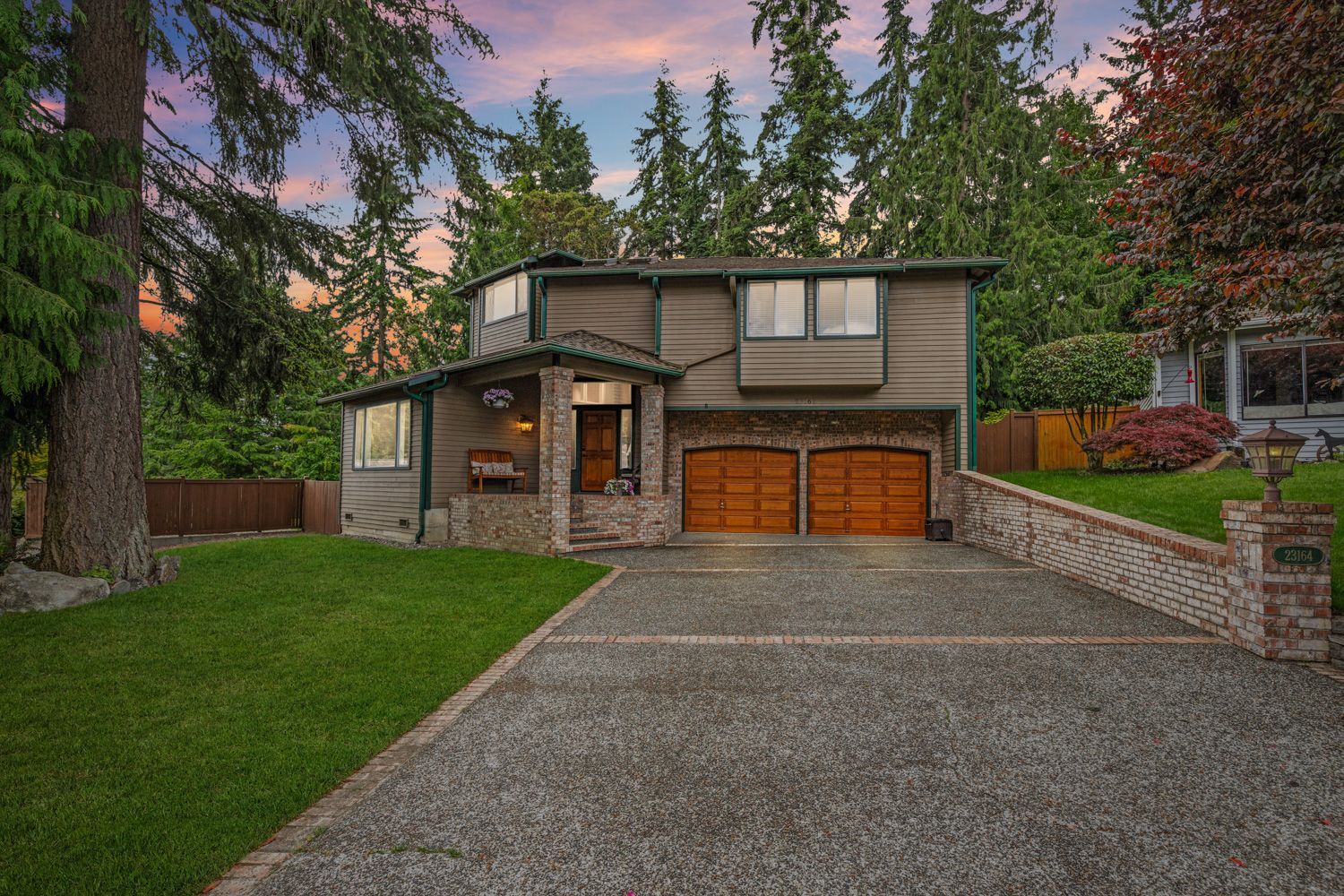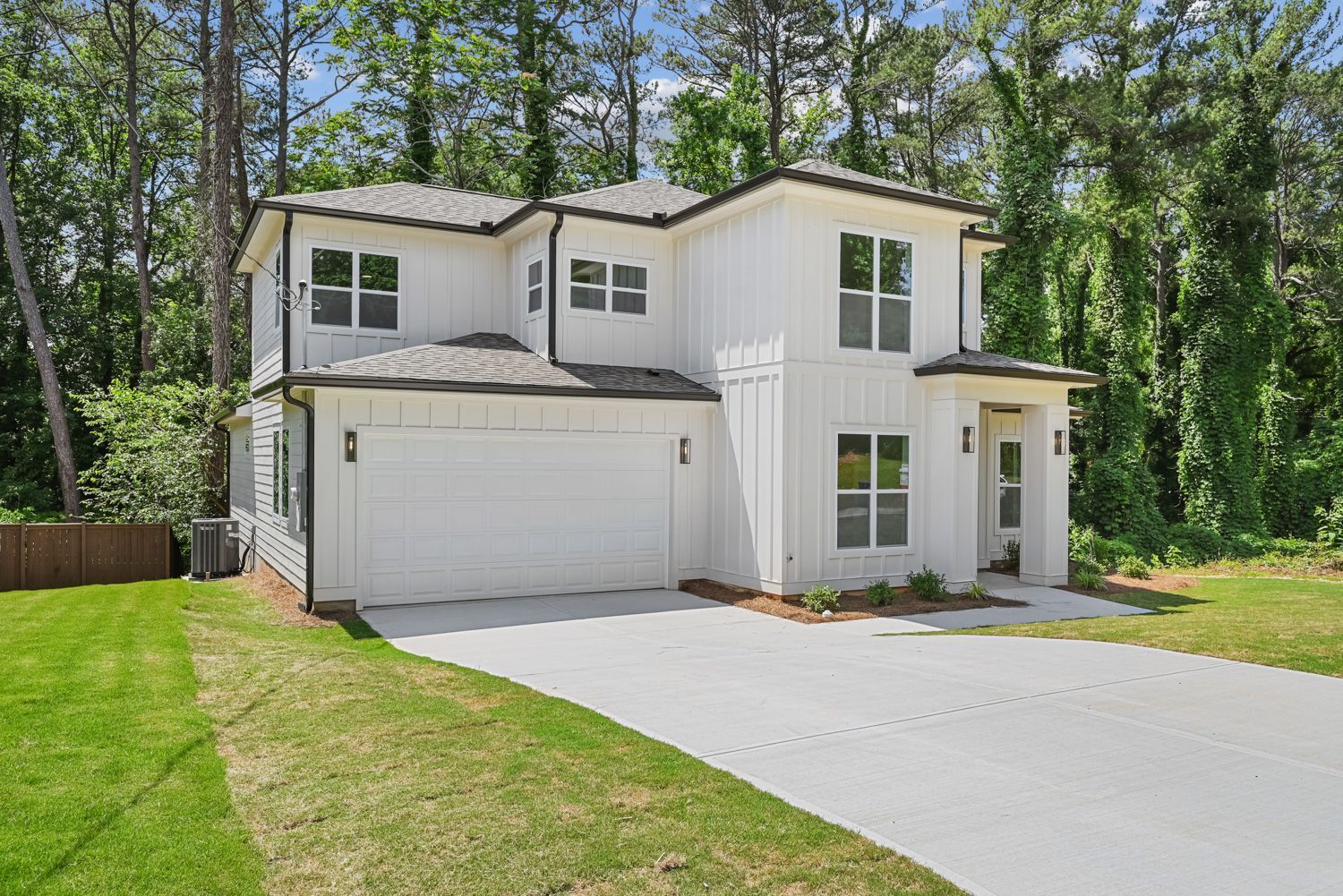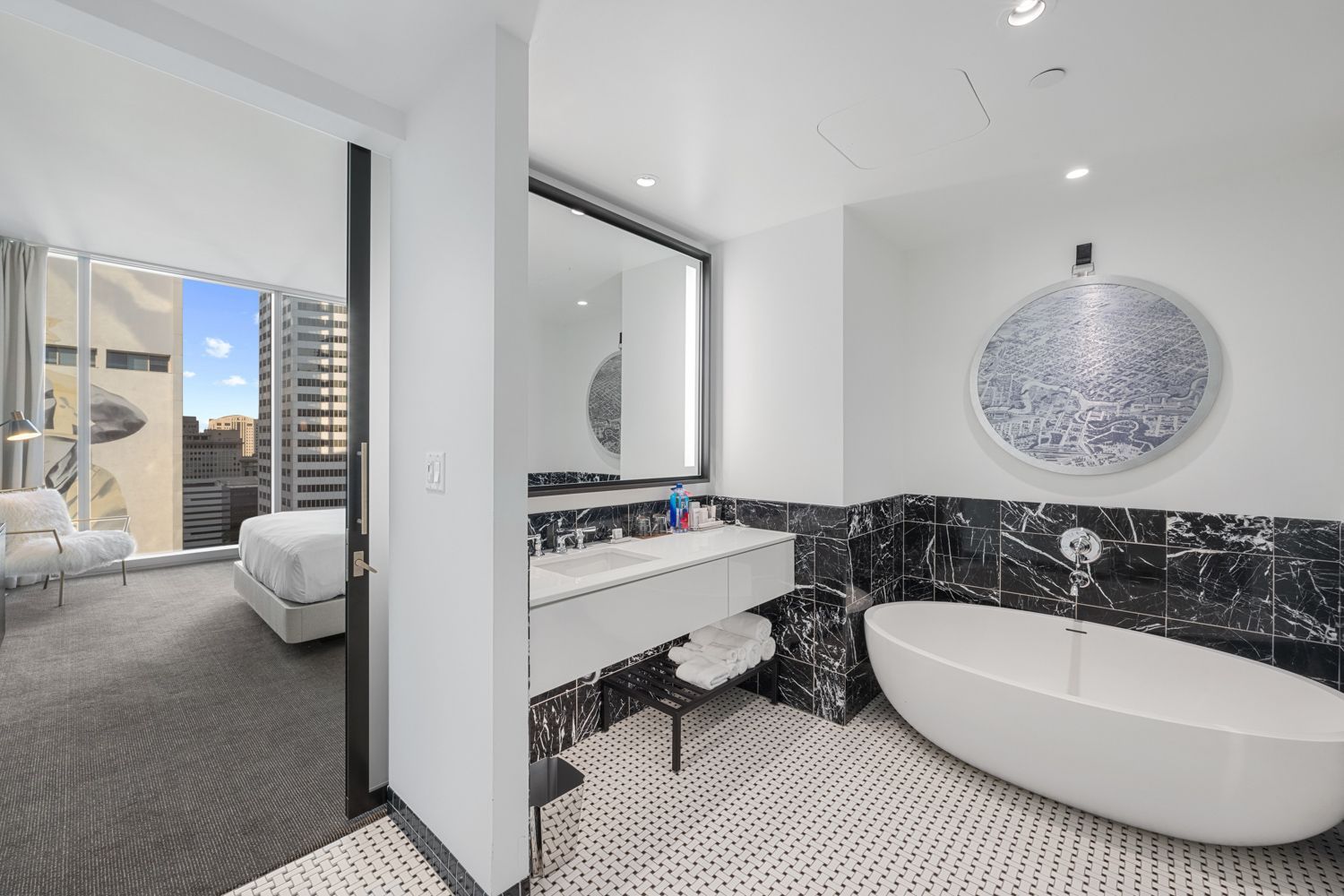Meet Victor Coll, a seasoned expert in the art of in-bound content marketing. With a proven track record in crafting winning content strategies, Victor excels in attracting and engaging audiences organically. His proficiency extends to optimizing content for maximum impact, resulting in increased brand visibility and audience retention. Victor's dedication to the art of in-bound content marketing has helped businesses achieve remarkable growth. Join him as he shares invaluable insights and strategies to empower your content marketing efforts and drive meaningful connections with your target audience.
Make Your Rentals More Attractive with Virtual Staging
WHY PAY MORE?
Virtual staging is a cost-effective and efficient solution for rental property owners who want to showcase their properties to potential tenants
Virtual staging has become an increasingly popular solution for rental property owners who want to showcase their rental properties to potential tenants. This content will explore what virtual staging is, the benefits of virtual staging for rental properties, how to implement virtual staging, and best practices for effective virtual staging.
What is virtual staging?
Virtual staging is a cool new way to showcase a property to potential buyers or renters. It involves adding digital furniture and decor to photos of empty rooms to create realistic-looking images of what the space could look like. So, instead of physically bringing in furniture and decor, a designer uses specialized software to add it in digitally. It's a great way to show off a property's potential without the hassle and expense of traditional staging. Plus, you can experiment with different furniture and decor layouts to find the perfect look for your space!
Virtual staging can be used to showcase rental properties to potential tenants, as well as for real estate listings.
What are the benefits of virtual staging for rental properties
- Cost-effective: Traditional staging can be expensive, as it involves renting furniture and decor and paying for moving and storage costs. Virtual staging, on the other hand, is often much more affordable, as it only requires digital images and a designer's expertise.
- Wider audience: With virtual staging, potential buyers or renters can view the property from anywhere in the world, as long as they have access to the internet. This allows you to reach a wider audience and increase the chances of finding a buyer or renter.
- Customizable: Virtual staging allows you to experiment with different furniture and decor options, so you can find the perfect look for your space. You can also easily make changes to the staging as needed, without having to physically move furniture around.
- Faster turnaround: Traditional staging can take time to set up and take down, which can slow down the selling or renting process. Virtual staging, on the other hand, can be completed quickly, sometimes in as little as a few hours.
- Highlight unique features: Virtual staging can be used to highlight a property's unique features, such as a fireplace or built-in shelving. This can help the property stand out from others on the market.
- Increased ROI: Virtual staging can help you sell or rent your property faster, which can lead to a higher return on investment. This is especially important for those who are looking to sell or rent multiple properties, as it can help you save time and money.
Overall, virtual staging is a cost-effective and efficient way to showcase a property's potential and attract potential buyers or renters. By highlighting the unique features of your property and experimenting with different furniture and decor options, you can increase the chances of finding the right buyer or renter quickly.
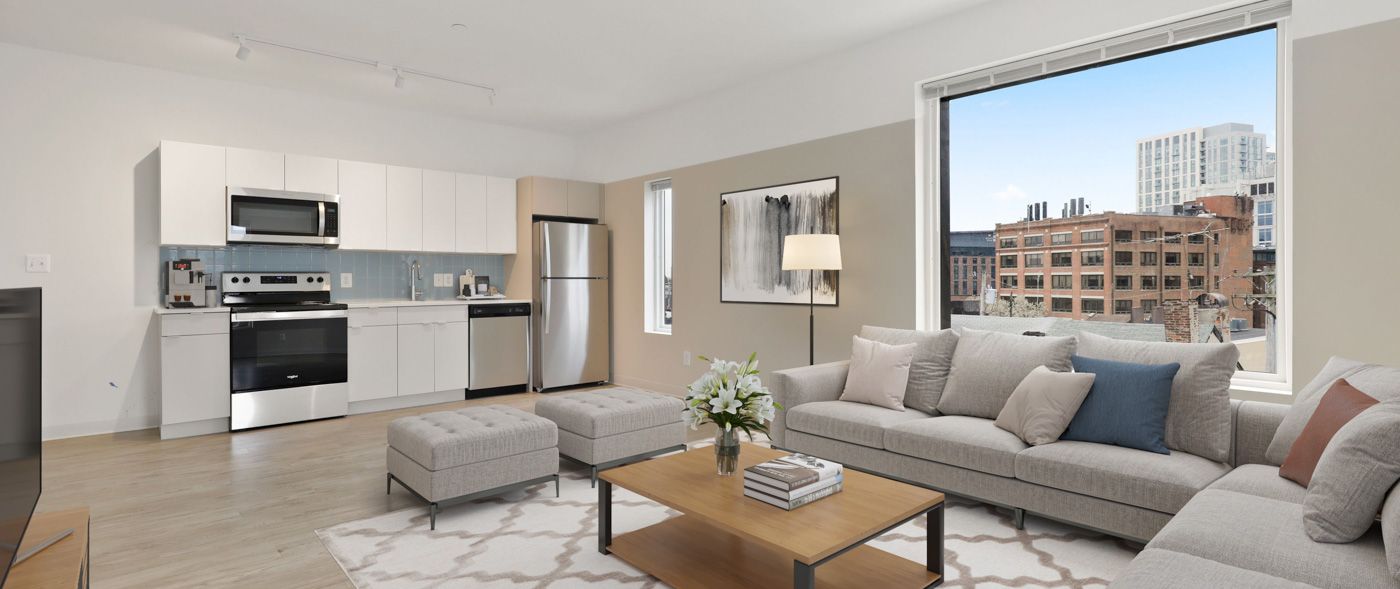
How to implement virtual staging for rentals
- Choose a virtual staging tool: There are many virtual staging tools available, ranging from free DIY software to professional services. Research and compare different options to find the one that best fits your needs and budget.
- Prepare your rental property for virtual staging: Before taking photos of your empty rental property, make sure it is clean, clutter-free, and well-lit. Consider hiring a professional photographer for high-quality images.
- Select and edit virtual furniture and decor: Choose furniture and decor that match the style and size of your rental property, and edit them to fit seamlessly into your photos. It's important to use high-quality images to create a realistic look.
- Incorporate virtual staging into your rental property marketing strategy: Once you have your virtual staging images, use them in your online listings and social media posts to showcase your rental property's potential. Make sure to include images of each room that you have staged, as well as any unique features or selling point.
By following these steps, you can effectively implement virtual staging for your rental property and increase your chances of finding the right renter quickly.
Best practices for effective virtual staging
- Keep it realistic: When keeping it realistic, it's important to avoid using furniture that is too large or small for the space. This can create a misleading impression of the property's actual size. Additionally, it's important to make sure the lighting in your virtual staging photos matches the lighting in the room. Mismatched lighting can make the images look unrealistic and less appealing to potential renters. This is the same for the color temperature of the room and the color temperature of the furniture in the room. You wouldn’t want a room that’s naturally lit with daylight, filled with furniture that has fluorescent lighting.
- Highlight the property's unique features: Highlighting the property's unique features is an important part of effective virtual staging. This can include architectural features like a fireplace or bay window, or unique design elements like built-in shelving or a stylish backsplash. Use virtual staging to draw attention to these features and make them stand out to potential renters. Nooks are a great place to add virtual staging items, like flowers, hanging prints, books or lamps.
- Showcase different layouts and design options: Showcasing different furniture layouts and design options is a great way to help potential renters visualize themselves living in the space. Experiment with different layouts and decor options to create a variety of virtual staging images that showcase the potential of the property and highlight unique floor plans. You can ask the stager to set up rooms with different layouts and present these to a potential renter as options for their own furniture.
- Include before-and-after comparisons: Finally, including before-and-after comparisons can help owners understand the value of virtual staging. Consider using a side-by-side comparison of the empty room and the virtually staged room to show the difference that staging can make.
By following these best practices, you can create effective virtual staging that showcases your rental property's potential and attracts the right renters quickly.
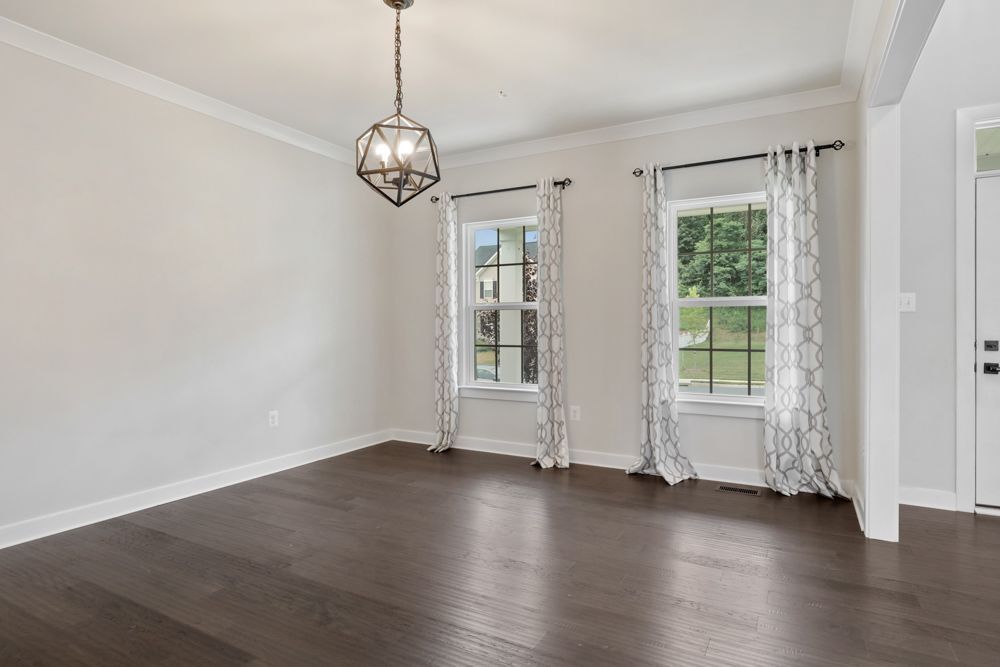
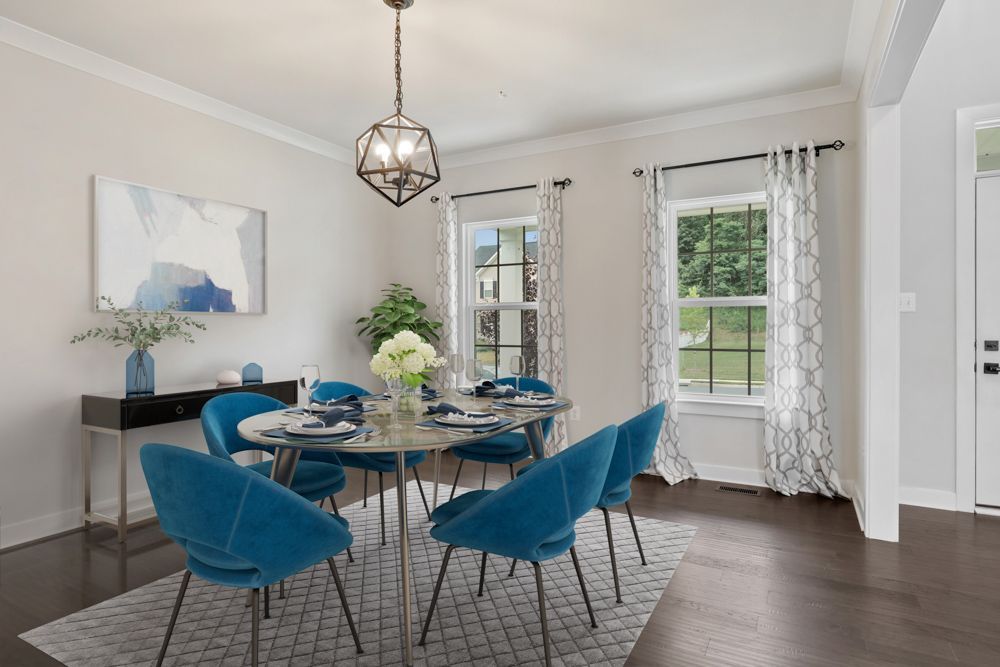
Virtual staging vs traditional staging: Which is better for rental properties?
- Cost: Virtual staging is more cost-effective than traditional staging, as it does not require renting furniture and decor or paying for moving and storage costs.
- Customization: Virtual staging allows for easy customization and experimentation with different furniture and decor layouts, while traditional staging is more limited by the availability and size of physical furniture.
- Realism: Traditional staging provides a more realistic view of a property, as potential renters can see and touch the actual furniture and decor. Virtual staging, on the other hand, creates a digital representation of furniture and decor, which may not be as convincing to some renters.
- Time: Traditional staging can be time-consuming, as it involves moving in and setting up physical furniture and decor. Virtual staging can be completed quickly, often in just a few days.
- Audience: Virtual staging allows potential renters to view a property from anywhere in the world, while traditional staging is limited to those who can physically visit the property.
Ultimately, the choice between virtual staging and traditional staging depends on the specific needs and budget of the rental property owner. If cost and time are a concern, virtual staging may be the better option. However, if realism and the ability to physically touch and see the furniture and decor is important, traditional staging may be the better choice.
It's also important to note that virtual staging can be used in conjunction with traditional staging, or as a standalone solution. For example, virtual staging can be used to create images for online listings, while traditional staging can be used for in-person viewings. Sometimes the budget doesn’t allow to traditionally stage the entire house, but you can add virtual staging to the rooms that were left out of traditional staging because of the budget.
When deciding which staging option to choose, consider factors such as cost, customization, realism, time, and audience. By weighing these factors, you can make an informed decision that best meets your needs and budget.
Top virtual staging tools for rental properties
There are many virtual staging tools available, each with its own features and pricing options.
When choosing a virtual staging tool, consider factors such as ease of use, the variety of pre-made furniture and decor options, the ability to customize colors and styles, and pricing. Many virtual staging tools offer a range of pricing options, from DIY software to professional services, so be sure to choose the one that best fits your needs and budget.
By using a virtual staging tool, you can easily and affordably showcase your rental property's potential to potential renters, and increase your chances of finding the right renter quickly.
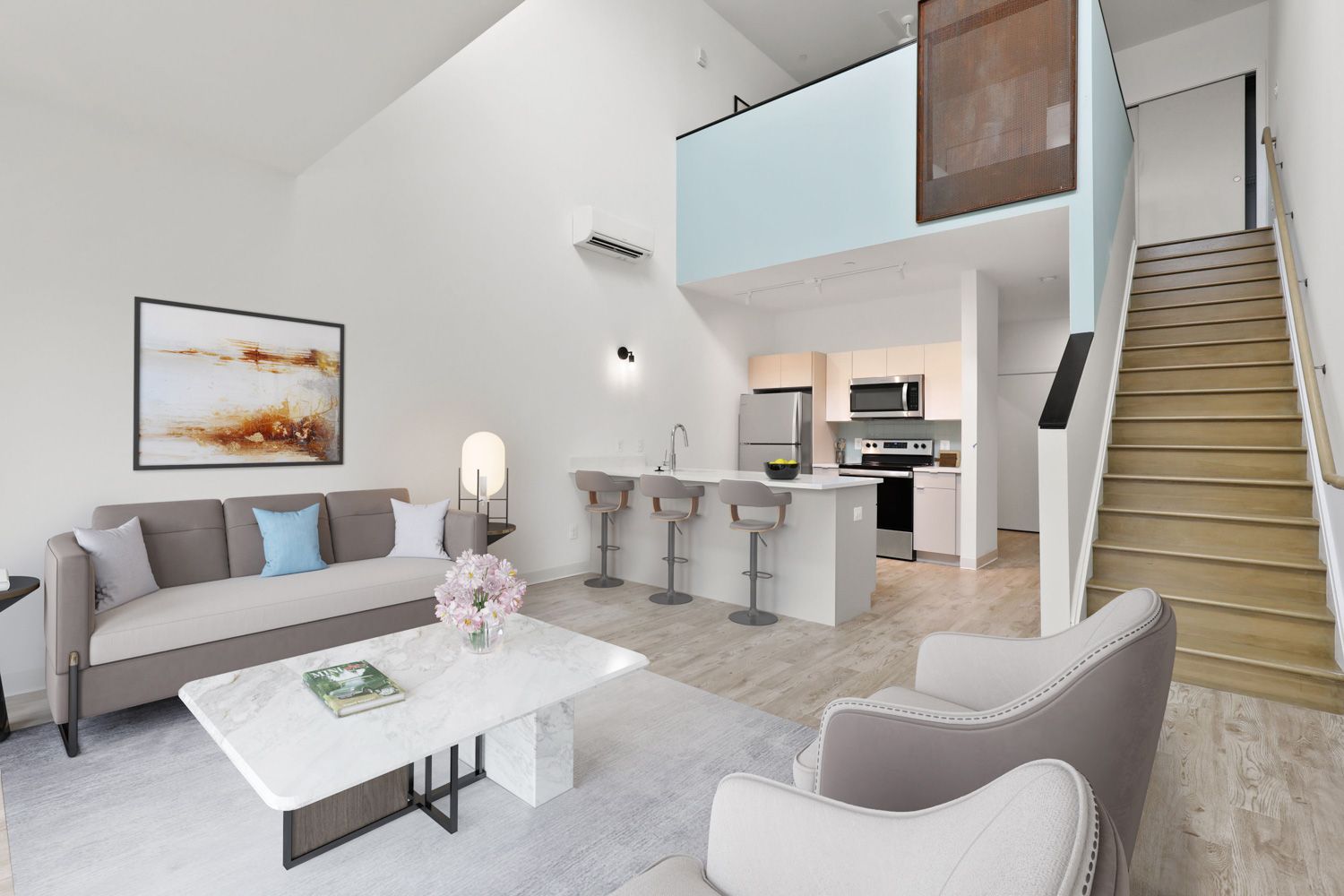
Conclusion
In conclusion, virtual staging is a valuable tool for rental property owners who want a better way to showcase their properties to potential renters. Virtual staging offers a cost-effective and efficient way to create realistic-looking images of a property with added furniture and decor, without the expense and hassle of traditional staging. It also allows rental property owners to experiment with different furniture and decor layouts, as well as highlight the unique features of their property.
To implement virtual staging for rental properties, rental property owners should choose a virtual staging tool or company that best fits their needs and budget, prepare their rental property for virtual staging, photograph the rental using a professional real estate photography company, select and edit virtual furniture and decor, and incorporate virtual staging into their rental property marketing strategy.
Best practices for effective virtual staging include keeping it realistic, highlighting the property's unique features, showcasing different layouts and design options, and including before-and-after comparisons. By following these best practices, rental property owners can create effective virtual staging that showcases their property's potential and attracts the right renters quickly.
Ultimately, the choice between virtual staging and traditional staging depends on the specific needs and budget of the rental property owner. By weighing factors such as cost, customization, realism, time, and audience, rental property owners can make an informed decision about which staging option is best for their rental property.
Overall, virtual staging is a valuable tool that can help rental property owners save time and money while showcasing their properties' full potential.
